Cement tiles are very common materials for both residential applications such as kitchens.
Cement tiles are on the decline after a renaissance in the early 20th century and then again in the 1950s and 1960s.
Cement tile is one of the most popular options for the kitchen due to its reliability and distinctive shapes.
Cement tile is definitely a material to consider whether you are currently remodeling your kitchen or thinking of updating your kitchen space. And here is why. Advantages of ceramic tiles in the kitchen

There aren’t many materials that are as colorful and have as many design options as cement tiles. Many homeowners choose concrete tiles for their kitchens over other materials, such as hardwood floors and plain ceramic tiles, because they can be made into almost any color, pattern or design you can think of.
Due to the way cement tiles are made, they are exceptionally strong and flexible. Cement, sand, colored pigments or mineral powders are mixed together and poured into metal molds.
As a result, the pattern will last a long time and the tile will not fade, chip or show signs of wear and tear.
Top arguments for concrete tiles in the kitchen. Waterproof; Spills often happen in the kitchen. It’s no secret that cooking accidents happen all too often, and the dishes can be messy.
Unlike wooden floors, concrete tiles do not show the same indicators of water damage. Properly sealed concrete tiles are a great alternative to splashbacks and kitchens, both of which see a significant amount of spills, splashes, or sprays. Note: Cement, like real stone, is an absorbent material, so it must be sealed at the end of the installation process. Countertops should not be covered with cement tiles. Durability: The unparalleled durability of concrete tiles is legendary.

They are heavier than ceramic tiles and show fewer signs of wear and tear associated with heavy use. colors and patterns; Since many homeowners consider the kitchen to be their favorite room in the house, it deserves the same attention as any other room. Concrete tiles can be molded into almost any design and can be painted any way you can imagine. You might have concrete tiles that match the color and design you fell in love with while reading a magazine or traveling abroad.
Each cement tile is handcrafted to provide a unique look. Compared to manufactured ceramic tiles and similar synthetic materials, concrete tiles exhibit artistic qualities and special attention to detail. While all concrete tiles blend together flawlessly, each one exhibits small differences that detract from the handmade process. Concrete tiles are created by hand without the use of heat, making them non-toxic and environmentally friendly.
They’re also made from natural ingredients and don’t contain lead or any other potentially toxic synthetic ingredients, making them a great kitchen choice wherever you cook for your family.
Concrete tiles are not just for flooring. Concrete tiles are great for kitchen backsplashes and for use under kitchen islands in addition to being great for floors. They can withstand the constant scratching and scraping under the island tabletop, spills on the backsplash, and wear and tear on the floor.

Cement tiles are some of the hottest vintage materials on the market because they are both classic and distinctive. In the late 19th century, Victorians began using cement and epoxy tiles for their homes and commercial interiors, sparking a renaissance in tile production that had existed for generations.
Today, concrete tiles are featured in a wide range of shapes and styles in home decor magazines. Solid color tiles, geometric shapes, traditional black and white patterns, internationally influenced designs and a wide range of colors are available. Concrete tiles are very versatile and are suitable for any in your home including staircases, bathrooms, patios and walls and floors in living and dining rooms. If you want to choose a product that matches the other elements of your home, cement tiles are a great option. You can use complementary patterns and colors to highlight any area while maintaining a uniform look.
When remodeling your kitchen, don’t underestimate the versatility of concrete tiles. In the end, you’ll have a kitchen that expresses your individuality and looks great for years to come, leading cement tile manufacturer. Customers may pick and choose their favorite styles, add their own colors to the designs, or create their own unique designs.
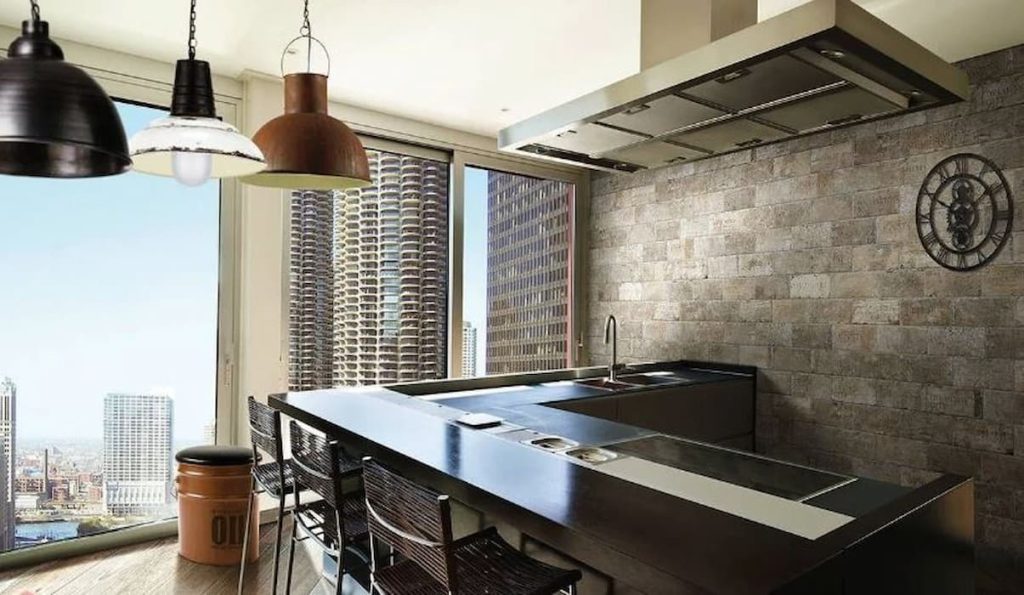
There are many advantages to having a concrete floor in your kitchen, but there are also some potential disadvantages that you should be aware of.
Advantages of concrete kitchen floors The material for the floor may be freshly poured or taken from an existing slab. When stained and stained, it takes on a stunning stone-like appearance that resembles the original stone. There are many design possibilities for concrete, including color, texture, staining, finishing, etc. It requires little maintenance and is stain resistant when properly sealed. It works well with radiant floor heating which is effective and affordable.
Concrete has high strength and elasticity, which does not include laminate and other types of flooring. Compared to many other flooring options, concrete is less expensive.
It takes a few days to a few weeks to complete the installation of concrete. Every job is different, and the exact methods your concrete flooring professional uses will affect the timeline. It takes 1-2 days to concrete in an existing kitchen by removing the previous flooring and glue and / or cleaning the surface. It takes a day to color, pour and finish the concrete. Concrete must be sealed or mixed with other materials on the day it is poured.
An acid-etched cement kitchen floor will take 2-5 days, depending on whether the entire floor is one color (2 days) or a stone floor made with multiple color “slabs”.
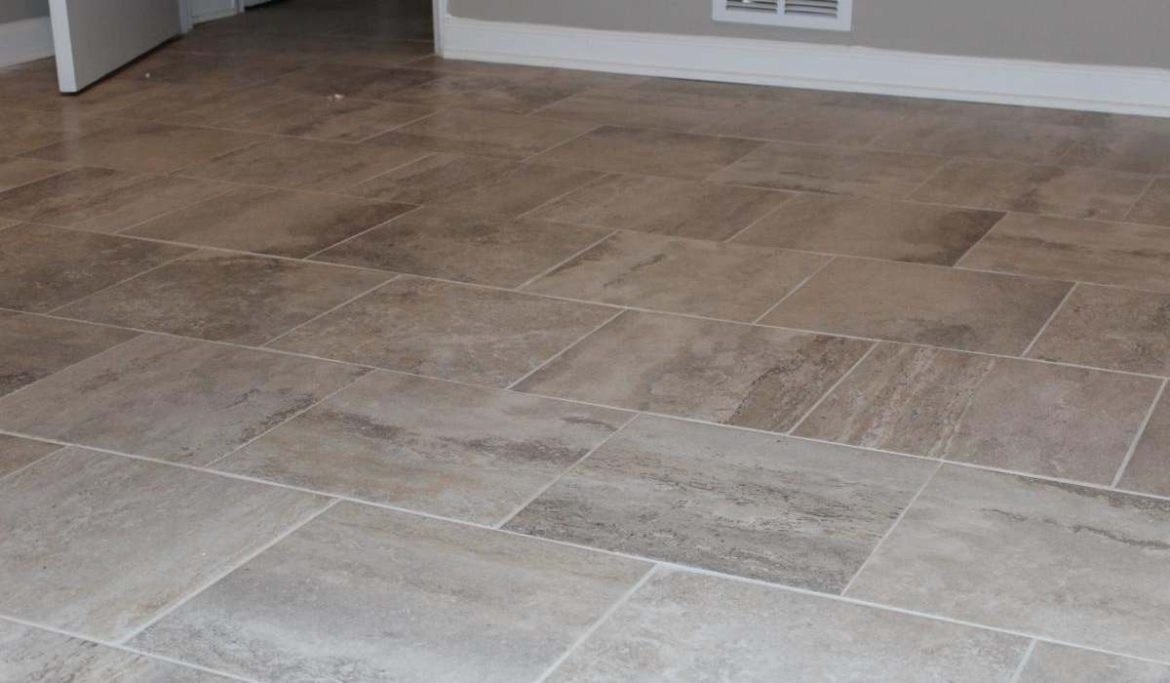
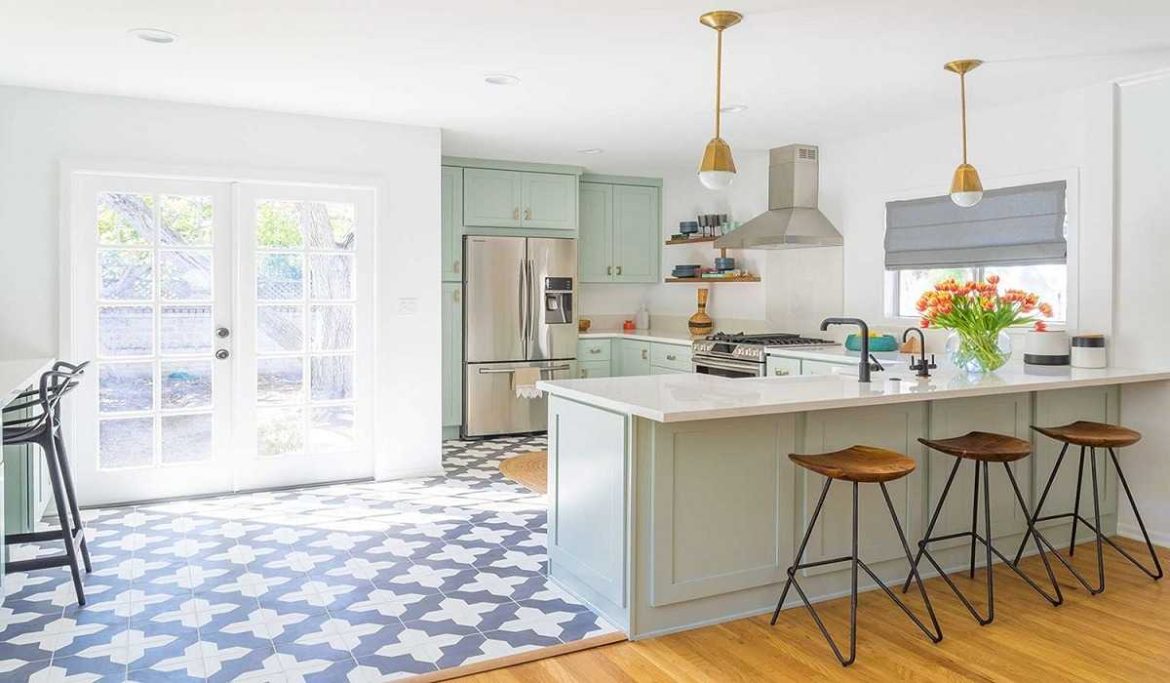
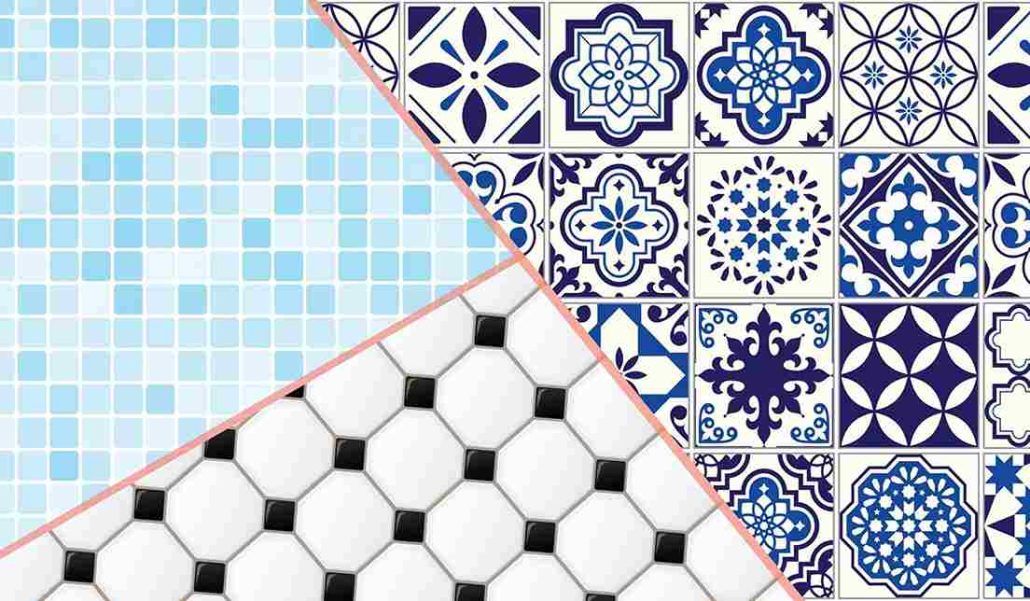
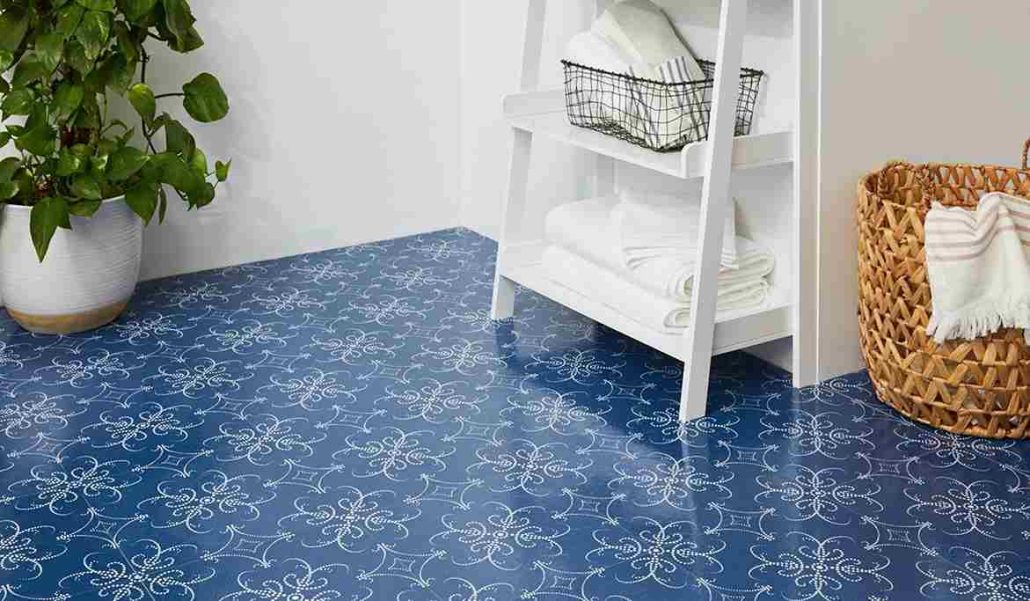

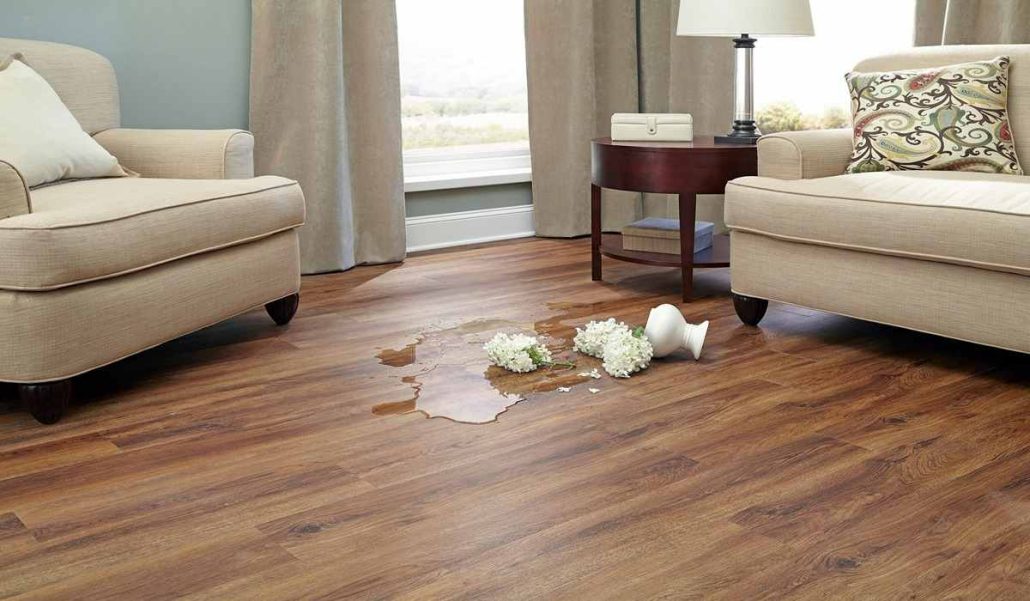
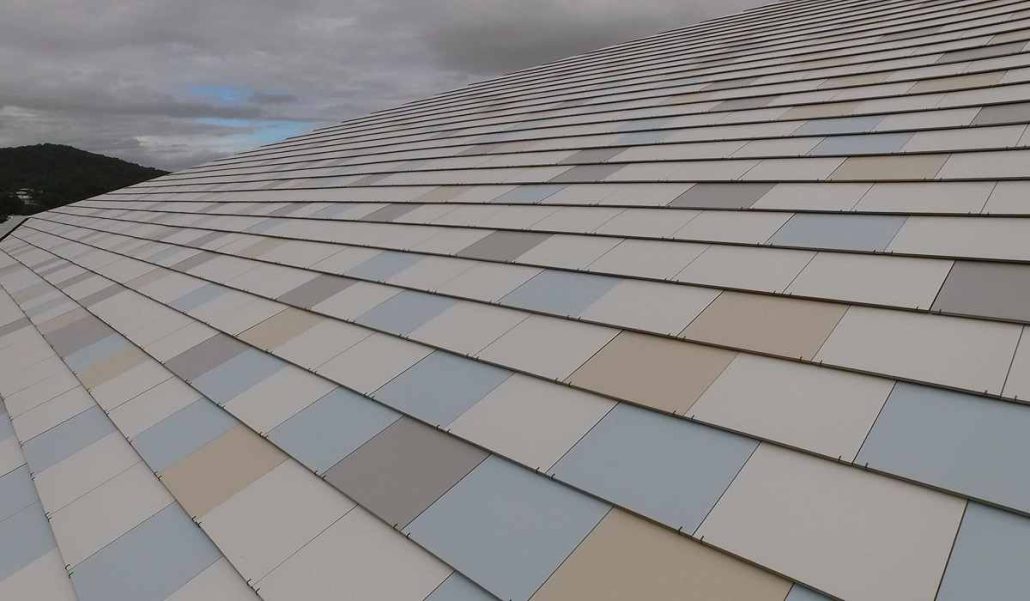
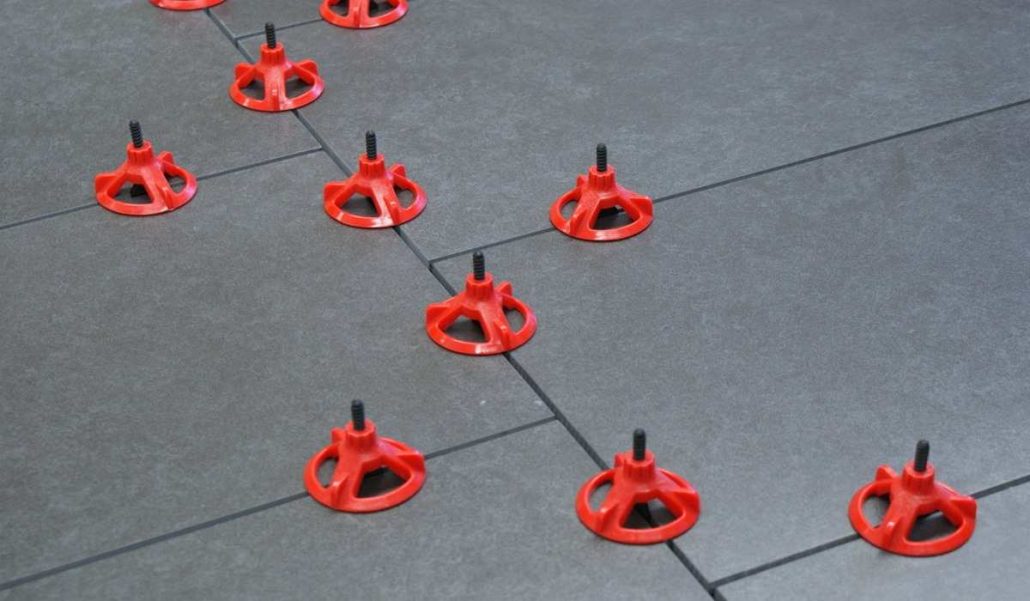
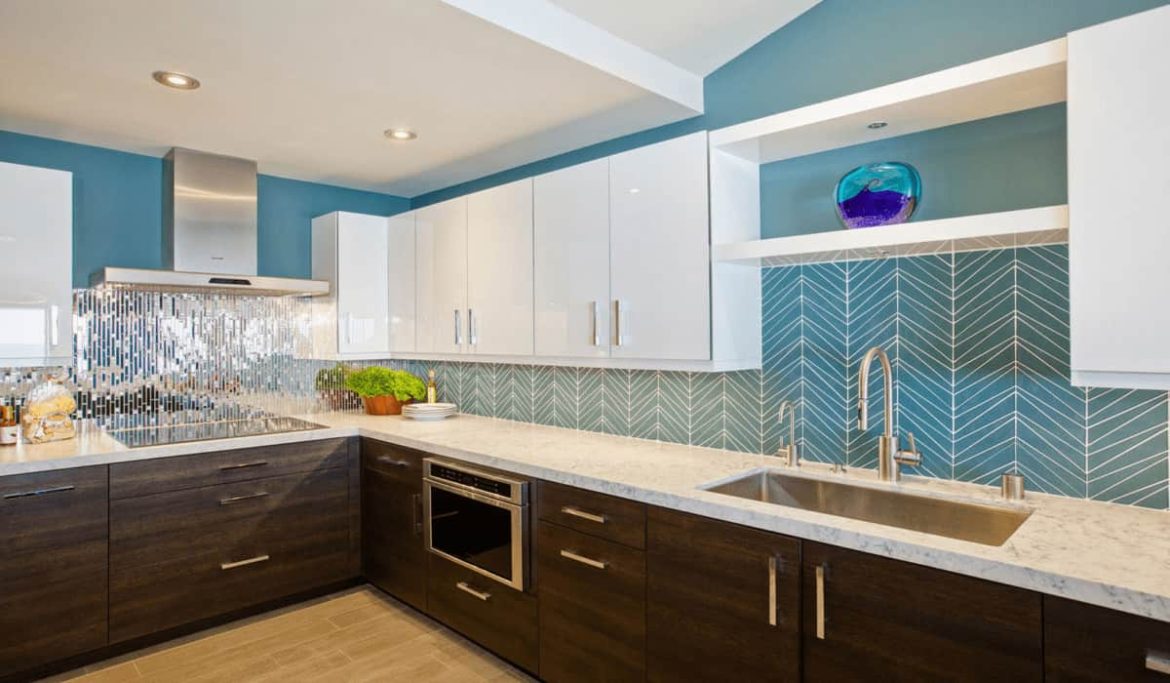
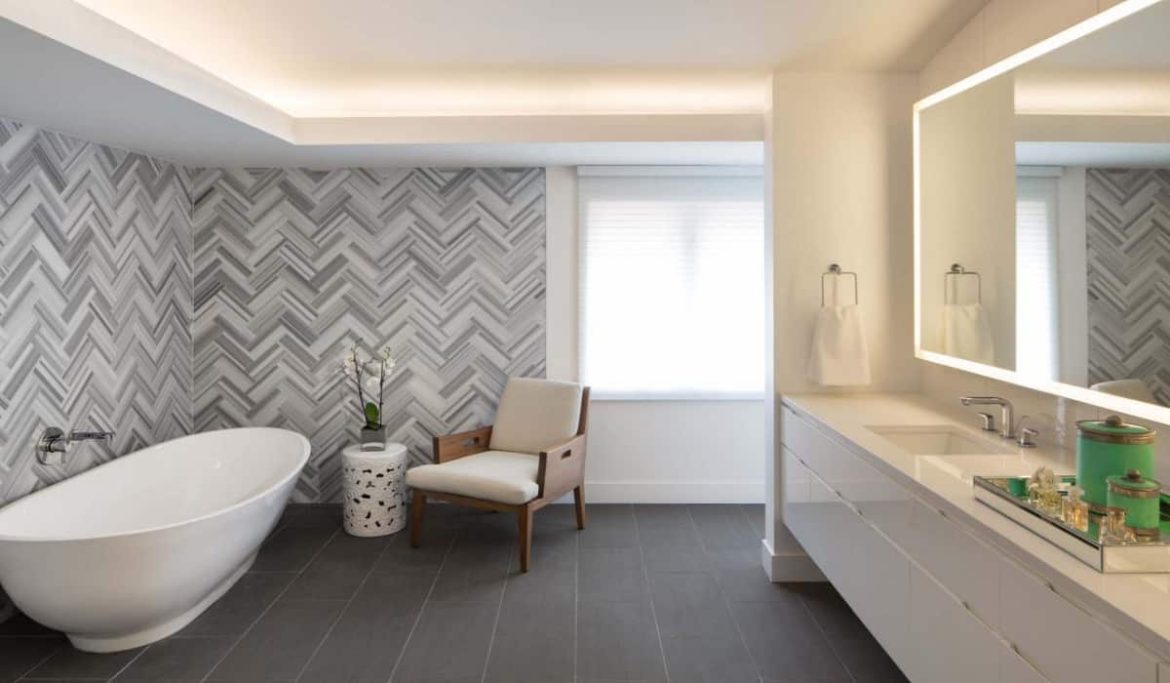
Your comment submitted.